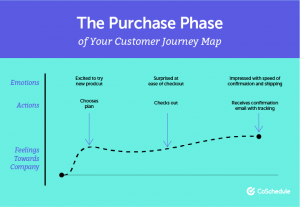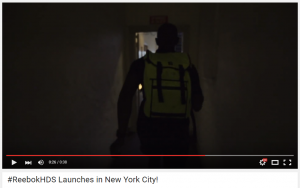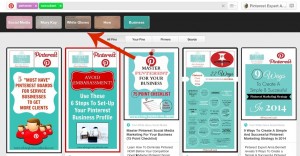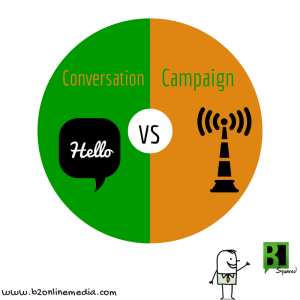Until recently, SEO and PR (public relations) were seen as completely different worlds. They both offered different opportunities and saw different results, but now we’re seeing the two move closer together as PR and SEO strategies start to fall under the same umbrella.
It’s nothing new to hear that the SEO landscape has changed, but the two now work so closely together that they almost have the same goals. SEO has moved beyond building links.
No longer are SEO managers building links on directories, hiding content within sites or adding exact match anchor text links to footers. Instead, SEO is all about gaining features on high quality media sites and creating informative content that’s actually useful for the audience.
A move towards something new…
The work of an SEO is now much more than dirty black hat techniques. Building relationships with influencers and becoming friends with editors in key online magazines is now essential.
It’s so much more than bagging guest post opportunities on poor quality blogs, and SEO can now provide companies with huge opportunities for PR stunts that can be pursued both on and offline.
How can you create opportunities?
- Content: writing high quality, engaging and interactive content is key to the success of any PR or SEO campaign, and the underlying necessity to any content remains the same. Give the story a unique angle, ensure it offers a solution and keep the audience in mind.
- Editorial calendar: ensure all campaigns and stories are consistent by creating a calendar that both teams can share. Don’t cause confusion with mixed messaging.
- Link reclamation: that long list of contacts that a PR has built up could come in useful so it should always be shared with the SEO team.
- PR stunts: events, launches and PR stunts will always attract coverage from high quality media outlets. SEO and PR teams should work together to spread the word and generate hype around the event. Hype = natural links.
Key points
- Stay newsworthy: hot topics are perfect to latch on to and create stories from. Remember to stay fresh and keep the audience interested.
- Remain original: stay ahead of competitors by offering the audience something new. No one wants to see the same thing hundreds of times.
- Be valuable: any content or event needs to be of value to the audience. Use a hook to bring in traffic and wait for coverage to come flooding in.
- Be targeted: there is no point in sending your press release to reporters or journalists who do not cover your subject.
Something for you to think about!
Always write to someone and not everyone when pitching your press release to reporters, journalists and editors.
Business Articles | Business 2 Community
(299)
Report Post





